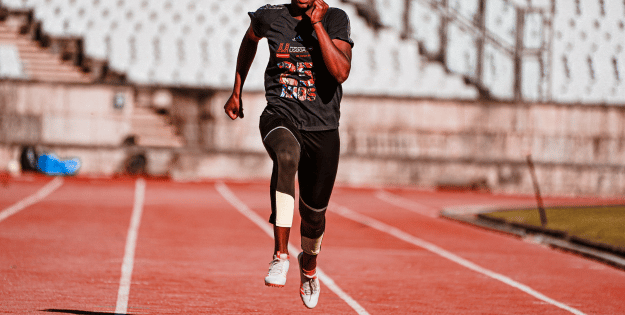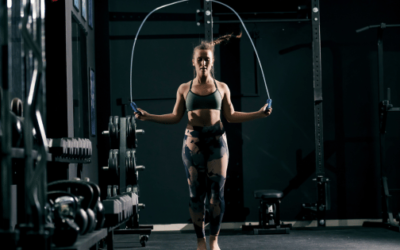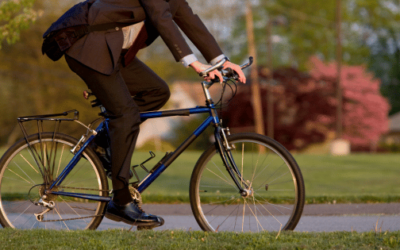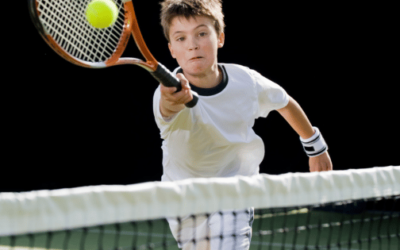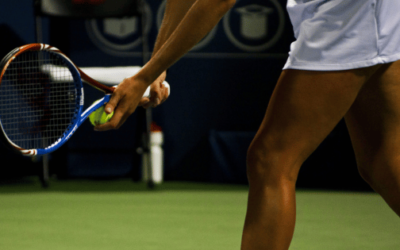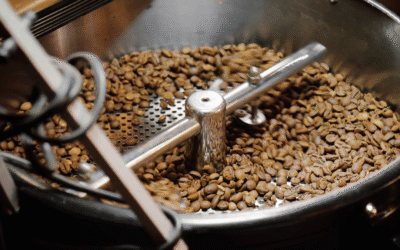With over 44 events in the Olympics, track and field sports capture the imagination of millions worldwide. At the heart of these events are the essential athletics equipment that ensures competitions are safe, enjoyable, and efficient. Whether it’s a major stadium, regional track, or a training session, having the right gear is crucial for both performance and safety.
The variety of equipment required for running, jumping, and throwing events can be overwhelming. From landing mats and long jump pit covers to spike rollers and groundskeeping tools, each piece plays a significant role in the success of an event. Facilities managers must carefully assess their needs to optimise purchasing and maintain top-notch conditions for athletes.
Understanding the essentials of track and field equipment not only enhances the athletes’ performance but also ensures the longevity of the facilities. By keeping a detailed checklist, organisers can focus on delivering a seamless and memorable athletic experience.
Top Amazon Sellers
Key Takeaways
- Athletics events rely on a comprehensive list of equipment to ensure safety, performance, and event success, including specific gear for running, jumping, and throwing disciplines.
- Essential throwing equipment comprises shot puts, discuses, javelins, and hammers, each with unique specifications tailored for athletes’ optimal performance and safety.
- Running equipment like track shoes, starting blocks, and batons enhance athlete performance, focusing on grip, stability, and speed in practice and competition.
- Jumping events require specialised equipment such as high jump stands, long jump pit gear, and landing mats to ensure athlete safety and performance maximisation.
- Training and safety gear, including agility ladders, cones, markers, and first aid kits, is crucial in reducing injury risks and improving athletes’ skills.
- Proper field maintenance through tools like rakes, measuring tape, line markers, and protective equipment ensures optimal playing conditions and adheres to official standards.
Throwing Equipment
Throwing events in athletics require specific equipment for optimal performance and safety. Each discipline demands unique requirements based on the weight, size, and material of the implements.
Shot Put
The shot put uses a heavy spherical ball made of metal. Athletes push it from the shoulder to achieve maximum distance. Standard weights are 7.26 kg for men and 4 kg for women, with variations for junior categories. Essential in the athletics equipment list, shot put balls come in varying materials and finishes.
Discus
Discus throw involves hurling a disc-shaped object, designed with a metal rim and a wooden or plastic centre. Regulation weights for senior men are 2 kg and 1 kg for women. Diameters differ, catering to various competition levels. Selecting the correct discus requires understanding its grip and spin dynamics.
Javelin
A javelin is a spear-like implement thrown with precision. It ranges up to 2.7 m for men and 2.3 m for women, adhering to international standards. Weights include 800 g for men and 600 g for women. Javelins are vital in the athletics equipment list and are crafted for both distance and accuracy.
Hammer
Hammer throw uses a metal ball attached to a wire and handle. Senior male hammers weigh 7.26 kg and female hammers 4 kg. Length and grip variations exist, demanding careful selection for competition readiness. This challenging discipline showcases strength and technique, requiring durable and well-made hammers.
Running Equipment
Running relies on essential equipment to optimise performance and ensure athlete safety. Key items include track shoes, starting blocks, and batons for relay races.
Track Shoes
Track shoes provide grip and stability on various track surfaces and boost performance through lightweight design and supportive structures. They feature spikes suitable for different races, enhancing traction. Selecting the right shoes aligns with the specific demands of each event in an athletics equipment list.
Starting Blocks
Starting blocks help athletes achieve explosive starts in sprint races. They consist of adjustable pedals on a stable base, allowing customised positioning for optimal push-off. Properly used, they improve reaction time and overall performance, making them an integral part of an athletics equipment list.
Batons
Batons are crucial for relay races, facilitating smooth handoffs between team members. They are lightweight and cylindrical, ensuring easy grip and swift exchange. Accurate baton passing is vital for team coordination and successful relay performance, underscoring their importance in an athletics equipment list.
Jumping Equipment
In the athletics equipment list, jumping equipment plays a crucial role in enhancing performance and ensuring safety.
High Jump
High jump requires a sturdy stand and a flexibar. The stand holds the bar securely, vital for accuracy and safety. A flexibar reduces injury risk with its elastic qualities. Large undermat feet bolster stand stability, supporting jumpers during practice and competition.
Long Jump
Long jump gear includes pit surrounds and run-up surfaces. Rubber-topped safety kerbs form the pit, while the sand pit ensures safe landings. Non-marking jump pit sand offers a cleaner and softer landing surface. Equipment like no-jump indicator boards ensures uniformity in jumps.
Pole Vault
The vaulting pole, unlike other athletics equipment, has no official standards. Constructed from various materials, its length ranges widely, influenced by the vaulter’s height, weight, and preference. World-class vaulters often use poles exceeding 14 feet, optimising height and technique.
Landing Mats
Landing mats vary widely in types. Gymnastics mats are springy, suitable for aesthetics, while vinyl-covered landing mats cushion falls and withstand impacts. This variety, crucial for high jump and pole vault, ensures athlete safety and mat durability in training and events.
Training and Safety Gear
Training and safety gear ensures athletes’ performance and reduces injury risks. This essential collection enhances agility and provides necessary support during any athletic activity.
Agility Ladders
Agility ladders are vital for developing footwork, coordination and speed. This equipment’s designed for drills that boost responsiveness and balance, crucial for athletes’ training routines. Setting agility ladders on flat surfaces provides consistent practice environments, enabling athletes to swiftly improve their technique.
Cones and Markers
Cones and markers serve as versatile tools for defining spaces and creating drills. They’re integral to training sessions, facilitating both agility drills and tactical formations. This multifaceted equipment helps in building precision and strategic awareness, making it a crucial part of any athletics equipment list.
First Aid Kits
First aid kits are essential for prompt response to injuries during training, competitions and events. Containing bandages, antiseptic wipes, and other medical supplies, they’re critical for addressing minor injuries. Preparation with first aid kits enhances athletes’ safety, ensuring immediate care when necessary.
Field Maintenance Tools
Athletic fields require meticulous upkeep for optimal performance and safety. Essential tools guarantee playing surfaces remain in top condition.
Rakes and Measuring Tape
Rakes maintain sandpits and throwing areas, ensuring even and safe surfaces. Constant use aligns with the athletics equipment list to minimise hazards. Measuring tape offers precise distance assessments in events like long jump and javelin through its accuracy and reliability.
Line Markers
Line markers create crisp and visible boundary lines, integral to field layout. Markers maintain standardised zones, enhancing event safety and fairness. Consistent application helps facilities adhere to official measurements found in an athletics equipment list.
Protective Equipment
Protective equipment, including netting and barriers, shields spectators and athletes. Essential for safety, these tools prevent accidents during disc and hammer throws by containing misdirected implements. Durable materials ensure longevity and resilience in various weather conditions.
Conclusion and Top Picks
Athletics equipment plays a pivotal role in ensuring both safety and peak performance across various track and field events. From throwing implements to running shoes and jumping gear, each piece is meticulously designed to meet the demands of its respective discipline. Facilities managers and organisers must prioritise the careful selection and maintenance of this equipment to foster an environment where athletes can excel. By maintaining a comprehensive checklist and focusing on quality, they can enhance the longevity of their facilities and the safety of participants. Ultimately, the right equipment not only elevates athletic performance but also enriches the spectator experience.
Frequently Asked Questions
Why is athletics equipment essential in track and field sports?
Athletics equipment is vital for ensuring safety and enhancing performance in track and field sports. The right gear reduces the risk of injury and helps athletes perform at their best. Different events require specific equipment to meet their unique demands, whether it’s a stadium competition or a training session. This ensures both performance enhancement and athlete protection.
What equipment is necessary for throwing events in athletics?
Throwing events in athletics, such as shot put, discus, javelin, and hammer, require dedicated equipment due to differences in weight, size, and material. Each discipline necessitates careful selection and maintenance of implements to provide optimal performance and ensure athlete safety during events.
What are the essential gear items for running events?
Running events require specialised equipment including track shoes, starting blocks, and relay batons. Track shoes offer grip and stability, starting blocks aid explosive starts, and batons ensure smooth relay transitions. Each plays a crucial role in boosting performance and facilitating event success.
How does jumping equipment contribute to safety and performance?
Jumping equipment like high jump stands, flexibars, and landing mats are crucial for safety and performance. They prevent injuries while allowing athletes to excel. Pit surrounds and non-marking jump sand are necessary for safe landings in long jump, while pole vaulting relies on customised poles for individual vaulter needs.
Why is training and safety gear important in athletics?
Training and safety gear reduce injury risks and enhance performance. Agility ladders improve coordination and speed, while cones and markers aid in precision during drills. First aid kits are essential for immediate injury response, ensuring athlete safety during training and competitions.
What tools are used to maintain athletic fields?
Maintaining athletic fields involves tools like rakes and measuring tape for sandpits and throwing areas, ensuring even surfaces. Line markers create visible boundaries for event safety, while protective equipment like netting shields spectators and athletes. This maintenance ensures safety and fairness in all conditions.

